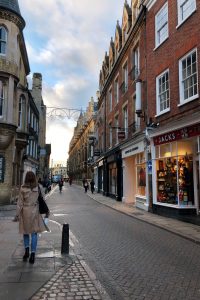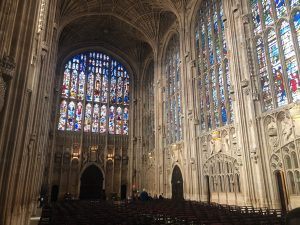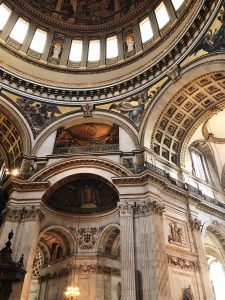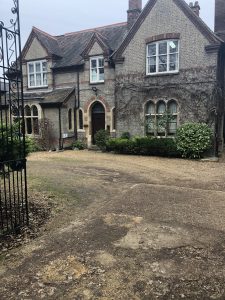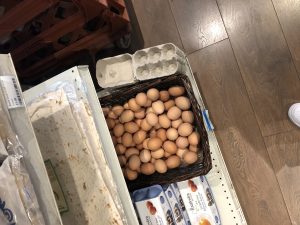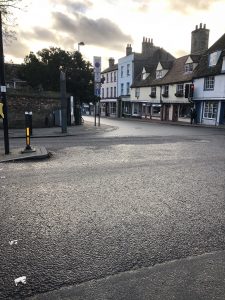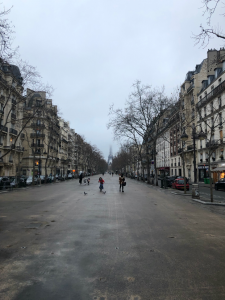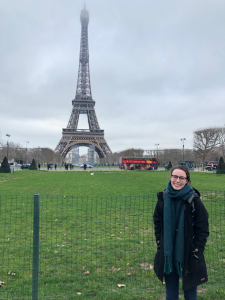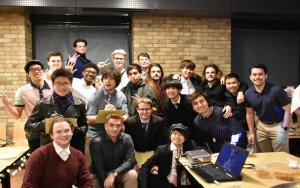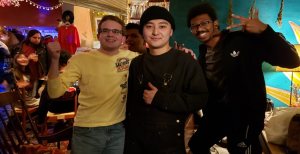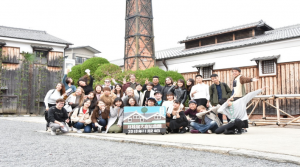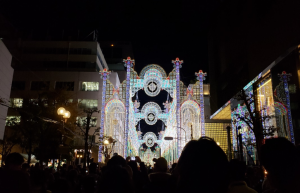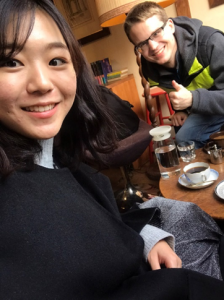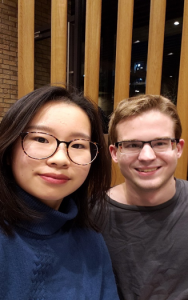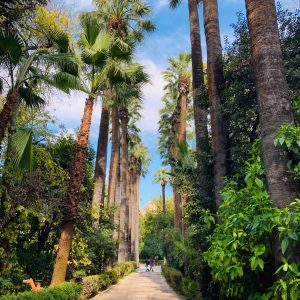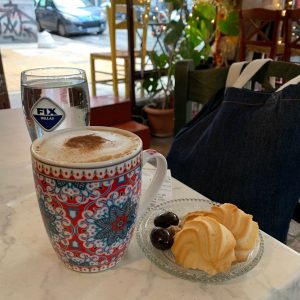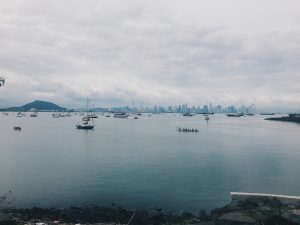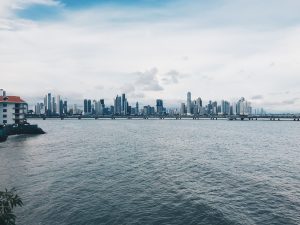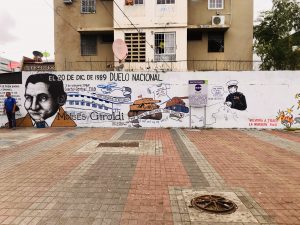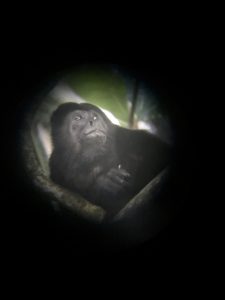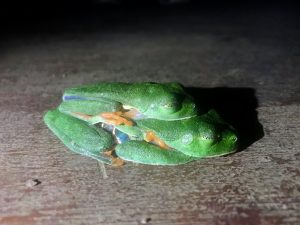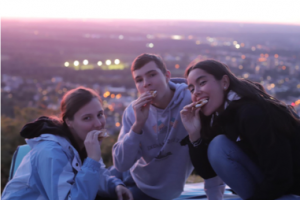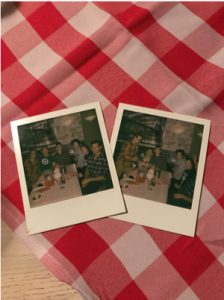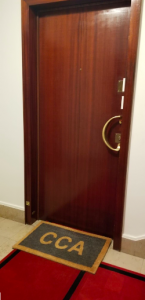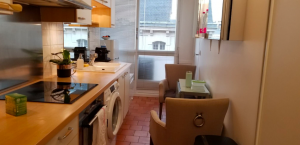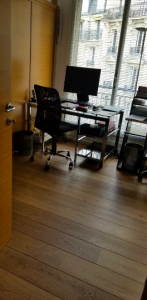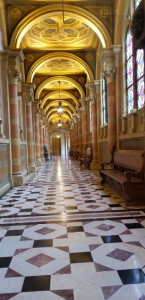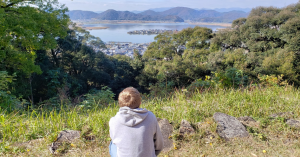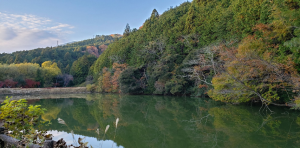Author: Emily Gustin
Location: Cambridge, England
Pronouns: She/Her/Hers
I arrived in Cambridge, England, a little over a week ago, and it has been filled with great adventures already. Each day is filled with opportunities to explore this new (actually quite old) place that I get to call home for the next few months. The center of Cambridge is a short walk from the Valpo dorm, and it’s such a beautiful city. It’s not anything like a typical city that you would find in the US, with skyscrapers towering over you. The buildings are old, some with moss growing on their rooftops. The rows of shops and businesses wind down streets that seem endless, each one different than the next.
When my cohort and I arrived, our coordinator, Caroline, had planned things to help us get acclimated to the area. We did a walking tour of Cambridge and explored two (of thirty one) colleges that are a part of the University of Cambridge: Pembroke College and King’s College. King’s College Chapel is world famous, and often used as an icon of the city of Cambridge. The inside features fan-vaulted ceilings, amazing stone work, and beautiful stained glass windows. Caroline also arranged for us to have an English Sunday roast at a local restaurant. The meal included a roasted meat of choice, roasted potatoes, greens, and Yorkshire pudding (which is not pudding, by the way). It was all really delicious!
Caroline also took us on a trip to London this week. This, I think, has been my favorite day so far. We took an early train from Cambridge to London, and then took the Underground (or the Tube, as they call it here) to St. Paul’s station. As the name of the station implies, it is right near St. Paul’s Cathedral, which was our first stop of the day. When we walked inside, I was left speechless by the artwork on the ceiling and all over the walls. After walking around for a while, a group of us decided that we wanted to climb up the cathedral and see the view from the top. The stairs wound through tight spaces with short doorways (which are not ideal if you are a taller person, like me), but we finally made it to the top after climbing for a little while. All in all, we climbed 528 steps, and the view did not disappoint. We stood in awe of the panoramic view of London, and it was spectacular.
After coming down all of those steps, our cohort headed to the Tate Modern museum, ate lunch, and explored the artwork. As someone who is fascinated by art history, I enjoyed seeing pieces that I had learned about by Salvador Dali, Henri Matisse, Pablo Picasso and Georges Braque. I hope to go back to the Tate Modern soon– it’s free, like most museums in England!
Our final stop in London was a tour of Shakespeare’s Globe. The building is a replication of the Globe Theatre where Shakespeare’s plays were first performed. I enjoyed hearing the history of the theatre, and appreciated the old style of architecture that copied the original. After our fun filled day, we got back on the train back to Cambridge and returned to the Valpo dorm.
I am nervous about classes starting very soon, but I know that they will only give me more opportunities to learn, grow, and meet new people.
Wish me luck!
